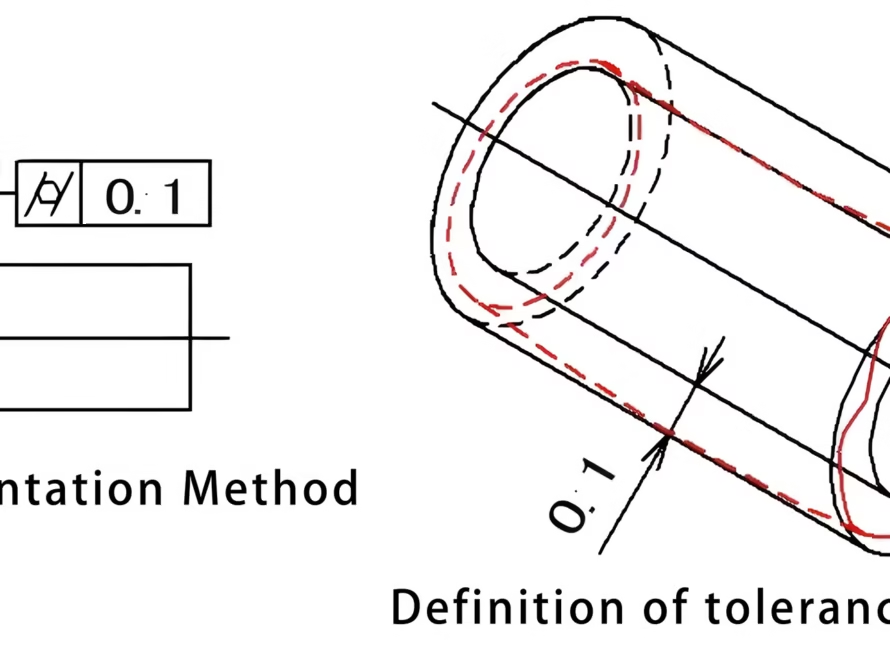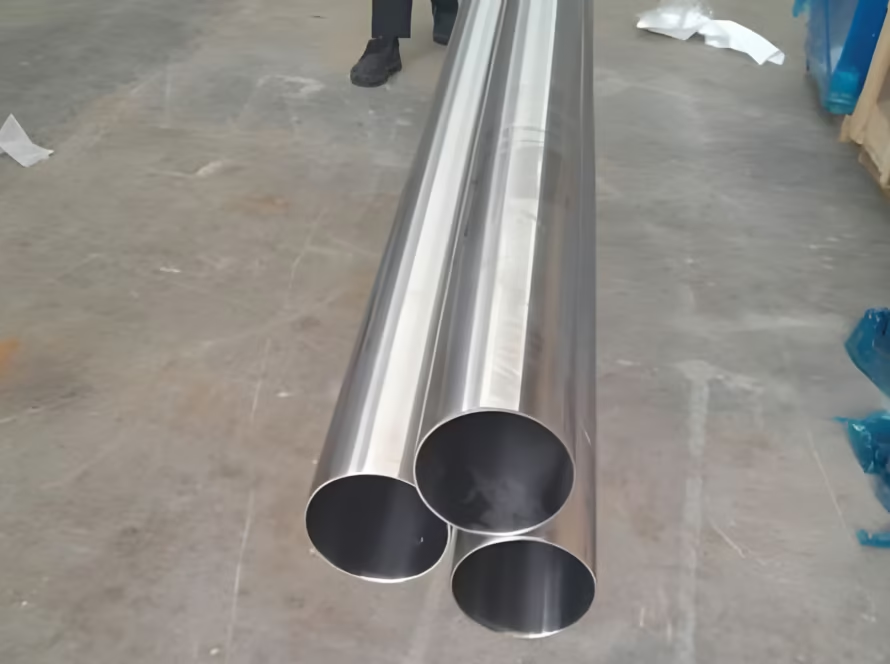What is concentricity?
Concentricity is a geometric concept primarily focused on the alignment of shapes or objects sharing a common center. Essentially, it refers to the congruence of multiple shapes, such as circles or spheres, with the same center or axis. Concentricity is a critical parameter in various fields, from engineering to design, ensuring the precision and accuracy of manufactured parts and systems.
Understanding Concentricity
Concentricity involves the comparison of the centers of two or more shapes to determine whether they are coincident. In its most familiar form, consider two or more circles that share a common midpoint; these circles are concentric. The principle extends to other shapes in three-dimensional space, such as spheres and cylinders, which can also be concentric.
Fundamental Characteristics
-
Common Center: The defining characteristic of concentricity is the existence of a shared central point across all objects or shapes under consideration.
-
Equal Radial Distances: For perfect concentricity, each point on the circumference or surface of one shape maintains a consistent radial distance from the shared center compared to another shape.
-
Dimensional Symmetry: Concentric shapes exhibit symmetry about the central axis or point.
Applications of Concentricity
Engineering and Manufacturing
In engineering, concentricity is vital for the proper assembly and function of mechanical components. It ensures that parts such as shafts, bearings, and gears fit together seamlessly, minimizing wear and tear and maximizing the efficiency of the system.
- Tolerances: In manufacturing, concentricity is part of the geometric dimensioning and tolerancing (GD&T) specifications. It specifies the permissible deviation from perfect concentricity in parts, affecting their compatibility and performance.
Optical Systems
In optics, lenses and mirrors are often designed to be concentric. This alignment is crucial for focusing light accurately and producing clear images. Optical components must maintain tight concentric tolerances to avoid distortions and aberrations.
Design and Aesthetics
In architecture and product design, concentric patterns are employed for their visual appeal and symmetry. Concentric designs can create a sense of harmony and balance, making them popular in decorative elements and artworks.
Measuring Concentricity
Measuring concentricity is done using specialized tools and techniques, often involving coordinate measuring machines (CMMs) or optical comparators. The measurements focus on determining the amount of deviation between the centers of the shapes or objects in question.
Different industries might have various standards and methods for assessing concentricity, often documented in detailed technical standards and guidelines.
Challenges and Considerations
Despite its importance, achieving perfect concentricity can be challenging due to factors such as material imperfections, machining errors, and assembly faults. Engineers and designers must account for these potential issues and incorporate tolerances that allow for minor variances while maintaining functionality.
-
Material Properties: Variations in material properties can affect the ability to maintain concentricity, requiring precise quality control measures.
-
Manufacturing Processes: The method used in manufacturing can also impact concentricity; for instance, machining and casting might introduce different tolerances and deviations.
Conclusion
Concentricity is a fundamental concept that influences various disciplines. It plays an essential role in ensuring the reliability and efficiency of mechanical systems, the precision of optical instruments, and the aesthetic appeal of designs. As technology progresses, the ability to measure and maintain concentricity with greater accuracy will continue to enhance the quality and functionality of products across a wide range of industries. Understanding and implementing concentricity effectively is key to achieving superior performance and design excellence.






